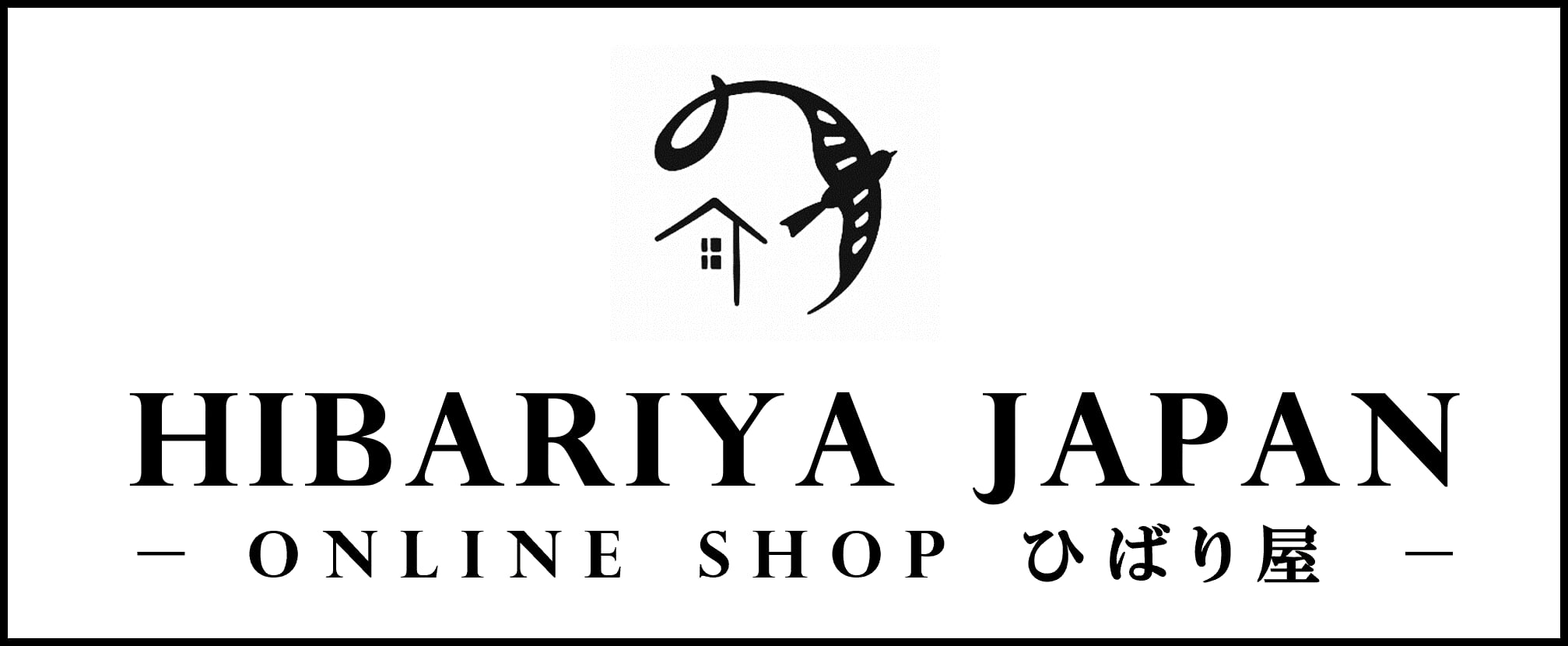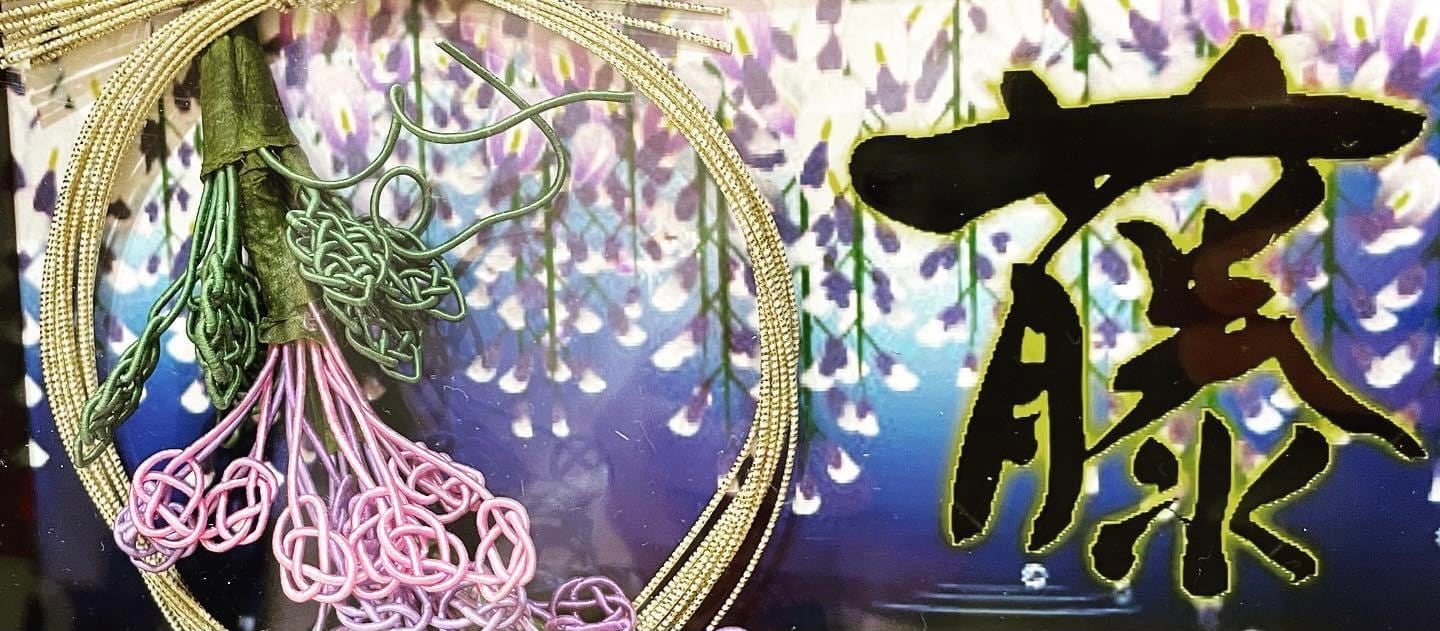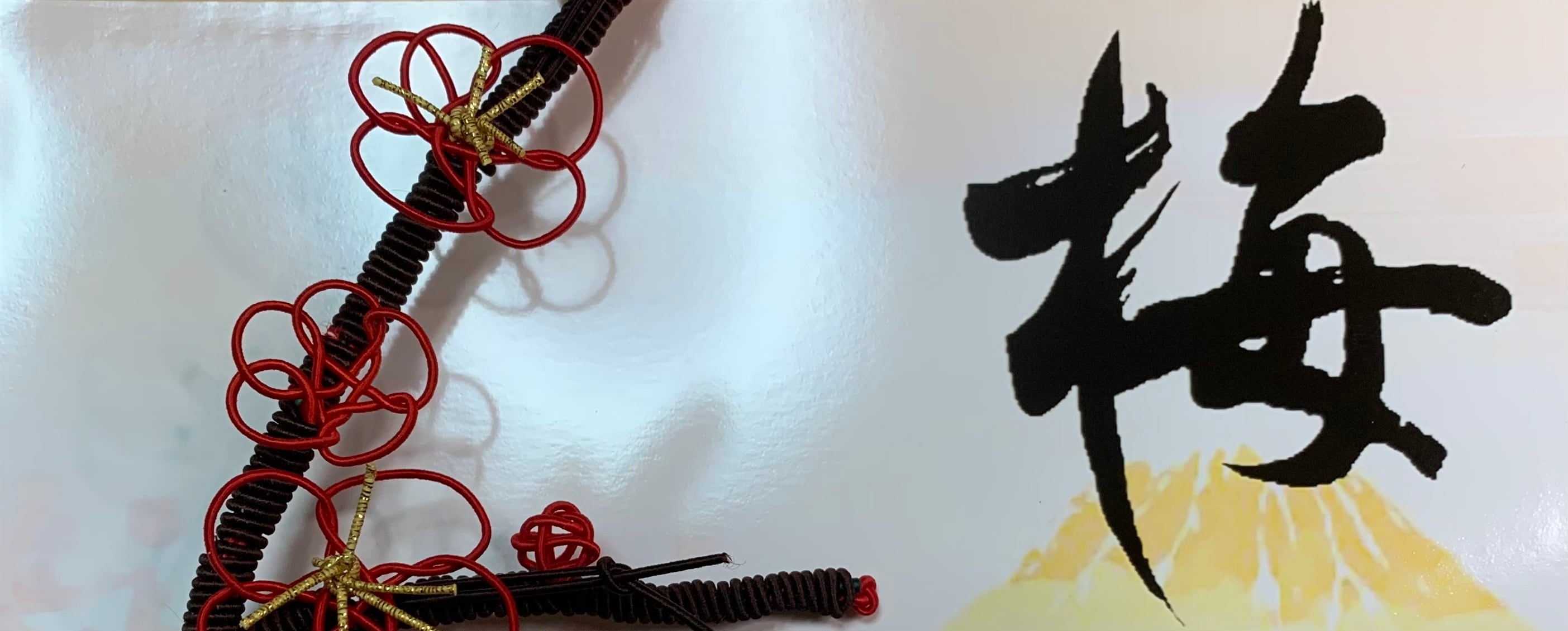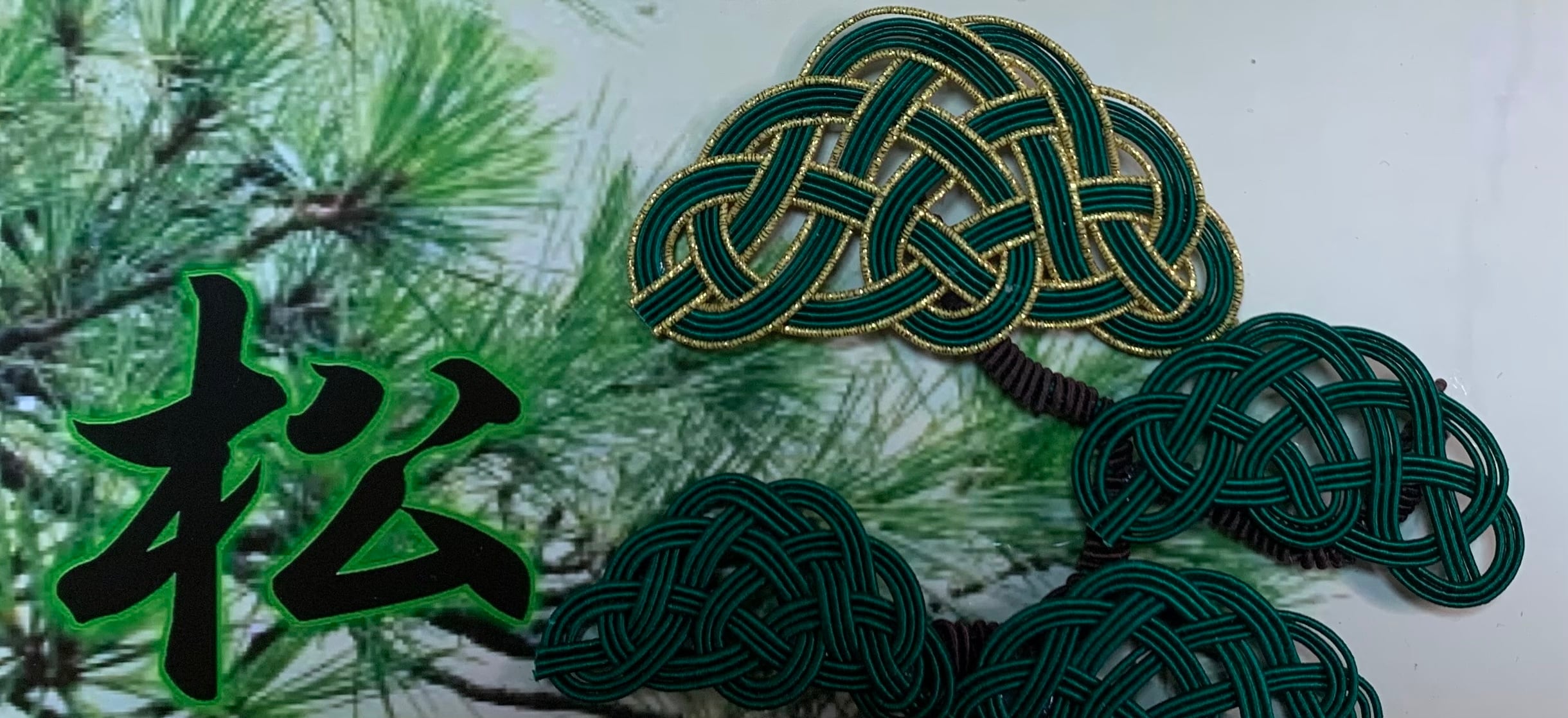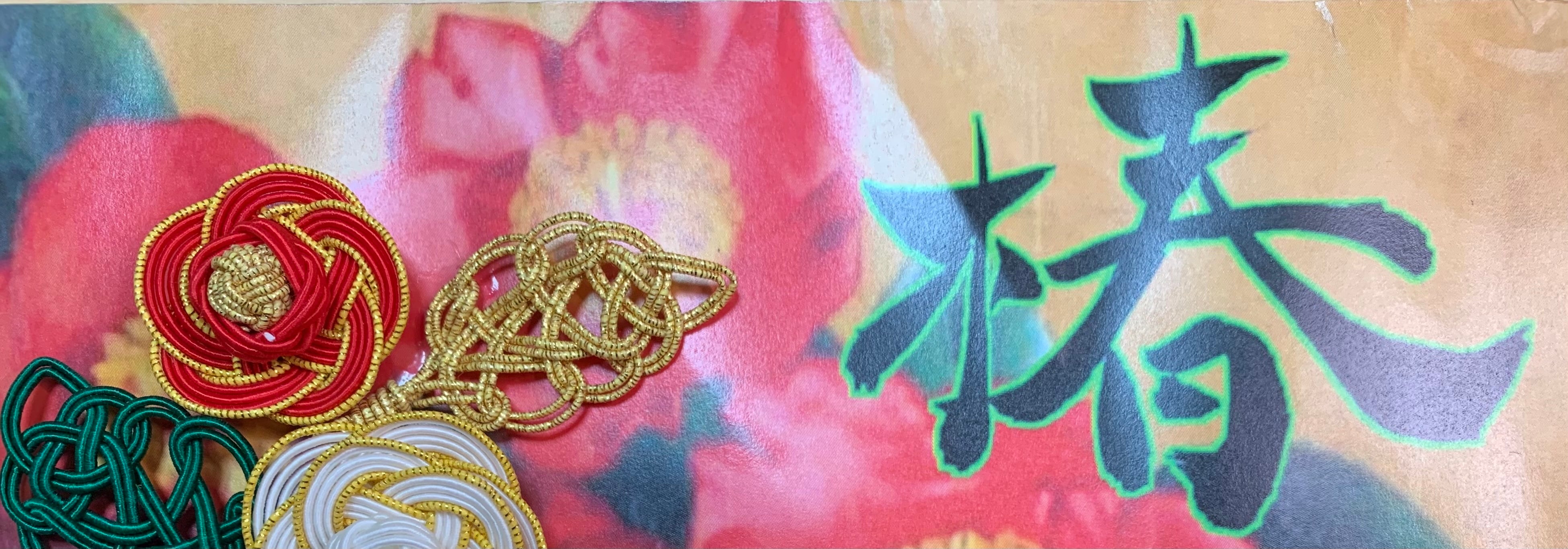HIBARIYA JAPAN は、現在準備中です。
Free shipping on all items!
ABOUT
HIBARIYA JAPAN is an online store featuring traditional crafts, clothing, and food products from Japan.
We are also operating a hostel in Noda City, Chiba Prefecture, called NODA HOSTEL HIBARIYA, so please come and visit us.
For more information about the hostel, please click on the link below.
CATEGORY
